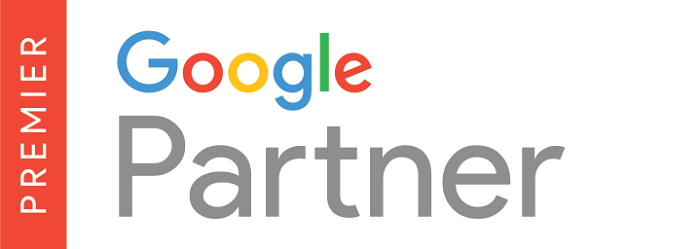If we ask many marketing managers their opinion about so-called native ads, a large majority of them will say that they work quite well because they do not look like ads. But Google does not seem so convinced and is insisting that both companies and agencies make it clear to consumers that what they are seeing or reading is actually advertising. So clear has been expressed Matt Cutts, the Google spam expert in a video on YouTube. For Cutts, several companies have crossed the line of the limits that must be maintained.
 In the video, Cutts explores the differences between “advertorials”, editorial content and native advertising. That is, many of the aspects included within the content marketing strategy of many brands. And comments that the company’s policy has been clear since 2005. “Advertorials, native advertising and paid content are often not correctly identified and the consumer can not recognize them.”
In the video, Cutts explores the differences between “advertorials”, editorial content and native advertising. That is, many of the aspects included within the content marketing strategy of many brands. And comments that the company’s policy has been clear since 2005. “Advertorials, native advertising and paid content are often not correctly identified and the consumer can not recognize them.”
Interestingly, one of the main problems Cutts wants companies to consider is that the content does not contribute to improve the ranking in a search . Cutts says that paid links should not contribute to PageRank, so he recommends using a genuine “nofollow” tag when optimizing content.
Some ads are clearly identified as native ads, such as Facebook-sponsored stories or ads on Tumblr, according to Kenshoo CMO Aaron Goldman. “Cutts refers to all those kinds of articles and stories sponsored by companies,” he says.
Andrew Susman, founder of Studio One, says that in many cases, native advertising is being used as an updated term for “advertorial”. “Paid content is, in my humble opinion, worse than advertising. At least one ad is clearly an advertisement. “
Content marketing creates numerous challenges for the media. “The distribution, the search and the social networks need to work in coordination. There are many challenges in measuring, such as being able to measure engagement. And all this without talking about the creative challenges of working for the image of the brand without looking like paid content “:
“You can tell and tell interesting stories about a brand within the content without having to openly promote the product,” says Susman. “You have to avoid what has happened to the banners. The industry has made them so simple to buy and sell that they are no good at all. “